Raise your hand if you grew up in the 80’s and 90’s during the height of the “fat free” craze.
(Snackwells, anyone?)
We were raised to believe that fat was the enemy, and that fat makes you, well, FAT.
It seemed so logical…one of those ideas that just made perfect sense. After all, fat is high in calories, and if we wanted to lose weight and let go of excess fat, it stood to reason that we should avoid fat in our diet.
Are you ready to lose weight and heal your body for life (without dieting, drugs, or making yourself miserable)?
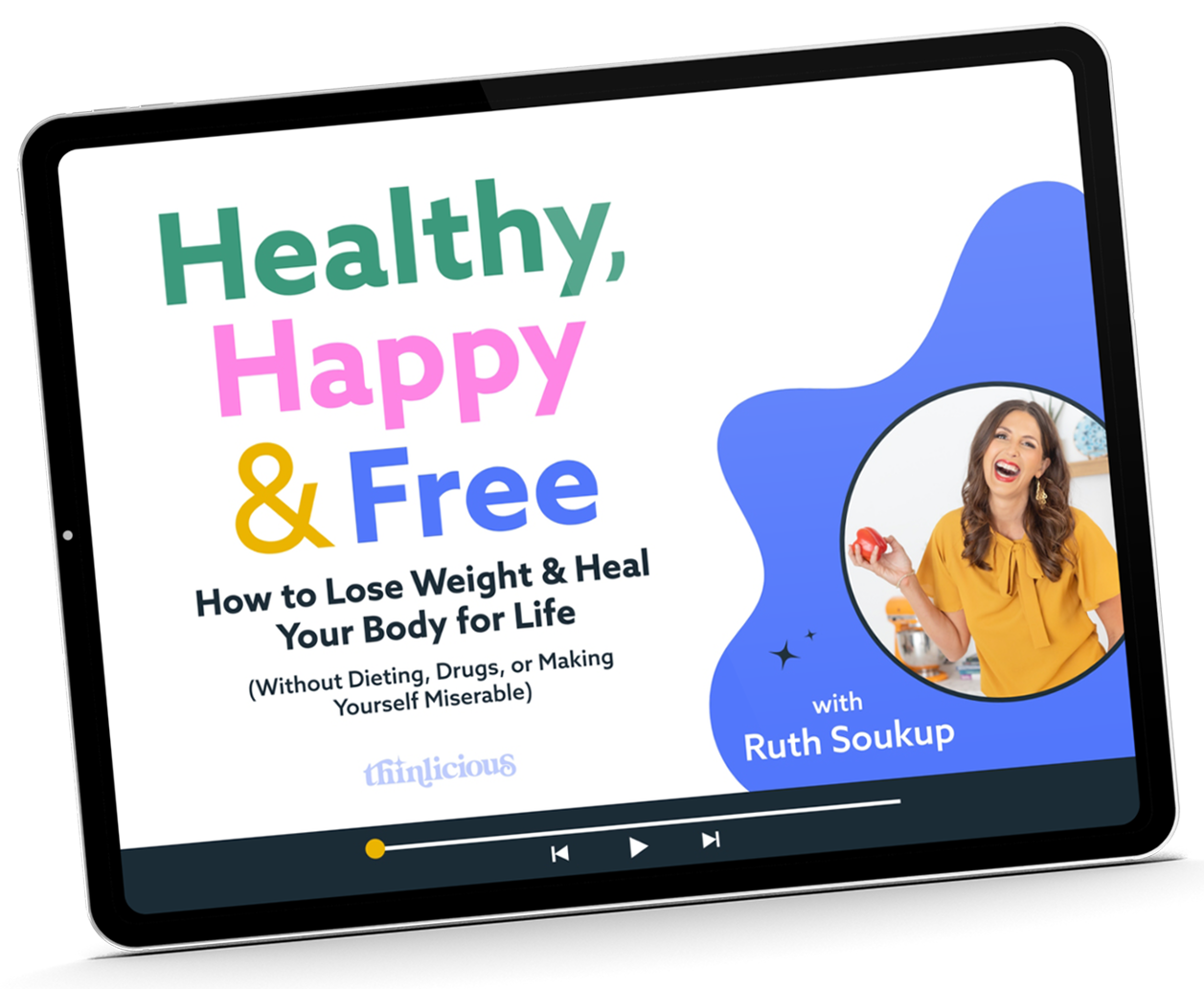
Our free on-demand video training will walk you through how to make this THE year you set health goals…and keep them.
That’s exactly the conclusion that many “experts” came to as well, even though it was a conclusion drawn from assumptions and so-called common sense (with a healthy dose of funding from food manufacturers), rather than driven by actual research. For years, we were told that fat raises our cholesterol and clogs our arteries and makes us unhealthy.
And so snacking on gummy bears and Jelly Bellies and the ever-expanding selection of fat-free cookies and potato chips and breakfast cereal became the norm.
Little did we know that we were depriving our bodies of an essential nutrient and setting ourselves up for weight loss failure and hormonal imbalances on a scale never seen before!
And thanks to the disastrous state of the diet industry, there’s still a lot of confusion surrounding fat even though we now know it is a vital part of the function of our bodies. A lot of people wonder “Should I eat it? How much is okay and what kinds?” But wait, doesn’t fat make you…well…fat?
But here’s the thing: fat is NOT bad for you. In fact, it’s an essential nutrient that plays a vital role in your health. It’s necessary to absorb vitamins A, D, E and K. It helps keep your skin and hair healthy. It insulates our organs, protects us from disease, and it helps increase our GOOD cholesterol while lowering the bad cholesterol. It keeps your body functioning properly.
Even more importantly, fat is what helps your hormones function properly. Fat is the building block of every single hormone in your body, including the hormones that control your metabolism, regulate your appetite and store energy.
While it SOUNDS counterintuitive, fat is actually what helps you burn fat.
Fat is NOT the enemy.
So let’s silence allll of the loud, misinformed voices once and for all and get down to the nitty-gritty science of it all. While fat used to be the villain, you’re about to learn it can actually be the hero. Yep, that’s right….
Fat Is Essential
If there’s one thing we hope you walk away knowing, it’s that our bodies need fat in order to function properly.
Our bodies need fat to absorb fat-soluble vitamins, like vitamins A and D. On top of that, healthy fats are necessary for brain health and hormone regulation, and they even help reduce inflammation in our bodies.
So, when you decide to take your health seriously, your goal shouldn’t be to cut out all fat. In fact, you need to eat more fat and less sugar (including foods that convert to sugars in your body).
But with all the misinformation out there, how do you know which fats are good? And how much should you be eating? Let’s dive in!
What is fat, and why is it important?
Well, for starters, it’s one of the major macronutrients our bodies need for survival, along with proteins and carbohydrates. In simple terms, fat is a type of molecule (triglyceride) that helps store energy in our bodies. It’s also an important part of cell membranes, hormones and many other important functions in the body.
The types of fats we eat are made up of molecules called fatty acids. These fatty acids can be either saturated or unsaturated—this is the “healthy vs. unhealthy” distinction we often hear about. Saturated fats are solid at room temperature and often come from animals (butter, lard), while unsaturated fats tend to be liquid at room temperature and come from plants (olive oil, avocado).
Healthy Fats
So, what are healthy fats? Unsaturated fats are the most beneficial for our health, and they can be found in foods like avocados, nuts and fish. They provide essential fatty acids that our bodies need to maintain cell membrane structure and other important functions. Unsaturated fats also help reduce inflammation in the body, which can lower the risk of several diseases.
Unsaturated Fat sources
- Plant-based oils like olive oil and sesame oil
- Nuts
- Avocados
- Seeds, such as pumpkin, sesame, and flax
- Fish oil
- Sunflower oil
Unhealthy Fats
Trans fats are the only type of fat that you should absolutely avoid. These are artificial fats created by adding hydrogen to vegetable oil and can be found in processed foods like cookies, chips and margarine. Trans fats have been linked to heart disease and other health problems, so it’s best to steer clear!
Are Saturated Fats Safe?
What about saturated fats? What are saturated fats?
Saturated fats are fatty acids that tend to be solid at room temperature and can come from animal sources like cheese, butter and lard.
Saturated fats have gotten a bad rap for years now, but research has shown that they may not be as bad for you as previously thought. In moderation, saturated fats can help provide energy and aid in weight loss. However, it’s still important to keep an eye on your saturated fat intake since too much can lead to adverse health effects.
It’s always best to get your fats from avocados, fish and meat protein. Dairy products, including cheese, butter and cream, are ok too, but they shouldn’t be your only source of fats.
Health Benefits Of Eating Fat
Our bodies need fat. This macronutrient regulates hormones, helps reduce inflammation, and of course, it helps you lose weight.
How could something once thought about so negatively, be responsible for all that? Good question—it’s time to get science-y!
Fat Regulates Hormones
Eating fat helps our bodies produce HDL cholesterol, and this cholesterol is the building block of the sex hormones testosterone, estrogen and progesterone.
When we eat enough fat, our bodies are able to produce the optimal amount of hormones and prevent estrogen deficiency. This prevents things like insomnia, night sweats and irregular heart rates. This is one of the reasons that many women in their 40s and beyond who transition to a low-carb diet high in healthy fats have actually noticed changes in their cycles, etc. (some women have even claimed all their peri-menopausal symptoms have disappeared!).
Fat Increases Weight Loss
Just eating more fat isn’t some secret pill that will magically make you lose weight. But, when you eat plenty of fat with a high-protein diet, your body will begin burning your body fat for energy.
Here’s how eating fat helps you burn fat.
Our bodies are used to getting energy from sugar and carbs. When we cut out that source of energy, it has to get its energy from somewhere, so the next place it looks is the stored fat in our body. In our program, this is the process we call becoming Thin Adapted.
In order to become Thin Adapted and burn fat for energy, we need to feed our body healthy fats. It’s like telling your body, “See, this gives you energy. Now go find it in my body and burn through that fat for energy too.”
Fat Makes Us Feel Full
Because fat takes longer to digest than carbohydrates or proteins, it keeps us feeling fuller for longer periods of time. As a result, including healthy fats in your diet can help you feel satisfied between meals.
Feeling full between meals is another benefit of eating fats that helps us lose weight.
Fat Supports Brain Health
Eating enough fat is good for your brain, too. Healthy fats, like the ones found in avocados and fatty fish, are essential for nerve signaling in the brain.
Here’s a fun fact: about 70% of our brain is made of fat. It’s true! The brain also holds about 25% of the body’s cholesterol. This cholesterol is essential for the neurons to form connections with other neurons. This is why when we eat a low-fat diet, we feel brain foggy more often.
Fat Reduces Inflammation
Dietary fat also reduces inflammation in the body. Inflammation doesn’t just refer to swollen ankles or fingers. It’s actually linked to serious diseases like heart disease, Alzheimer’s and even diabetes.
Inflammation is a word that describes the way our bodies defend themselves against harmful things like tissue damage or infections. When our bodies experience inflammation, our immune system releases white blood cells to the sites, which shows up as redness, swelling or fever.
Chronic inflammation refers to the body’s inability to repair itself. This is dangerous and what leads to serious illnesses like heart disease. It’s important to keep inflammation levels low in order to decrease our risk for these diseases.
So how does eating fat help decrease inflammation? Turns out, dietary fats like saturated fatty acids (SFA) and n-6 polyunsaturated fatty acids (PUFA) have anti-inflammatory properties. This regulates our body’s inflammatory response, basically helping us bounce back quicker.
Fat Helps Regulate Blood Sugar
There is also a connection between polyunsaturated fat and blood sugar levels. Some studies show that this healthy fat is essential in promoting glycemic control, helping maintain healthy blood sugar levels in people with insulin resistance.
Cholesterol
When we talk about fats, we need to also mention cholesterol because cholesterol is a type of lipid, just like fats are. Cholesterols are found in animal products. So when you see things like steak, bacon or cheese on Thinlicious, you might be afraid to eat it because of the cholesterol, but don’t be!
In fact, the opposite is true. This cholesterol is good for you.
Studies show that healthy fats like the omega-3 fatty acids found in fatty fish (like salmon) actually help maintain healthy cholesterol levels.
Learn more about cholesterol and other heart-related common questions in this guide to keto and fiber.
High-Fat Foods and Recipes
Is it all starting to make sense now? Our bodies need this healthy fat in order to stay full, feel better and lose weight. And lucky for YOU—we have a bunch of healthy, high-fat recipes in our Thinlicious recipe index. Check out a few of our favorite ones below.
Fish
Fish is the best source of healthy fats that you’ll find—especially salmon. There are a bunch of different ways to make salmon, but our two favorites are to pan sear it and make it into a dip.
Pan-seared salmon has a crispy coating and is wonderfully soft and flaky. It’s the perfect dinner and tastes just as good reheated.
For something that’s more of a lunch or snack, make low-carb salmon spread. It’s thick and creamy and has that salmon flavor you love. Add some low-carb crackers to your plate for dipping.
Avocado
Avocado is also really high in healthy fatty acids. Top some Magic low-carb bread with your favorite combination of avocado and bacon. Bam! Low-carb avocado toast! It’s a perfect breakfast or lunch.
Chia Seeds
Chia seeds are both high in fat and high in protein. When you’re craving something that will fill you up and satisfy your sweet tooth, some easy chia seed pudding is the answer. One serving of pudding has 15 grams of fat and 4 grams of protein. It’s incredible!
How Much Fat You Need To Eat
Now that you know why it’s so important and the best foods to get it from, how much fat do you need to eat?
That’s the best question of all. And the answer is….it depends.
It depends on where you are in your weight loss journey.
The Thin Adapted System approach that we teach here at Thinlicious in our 28 Day Metabolism Reset and our full TAS Program has three phases, each of which has a different macro requirement, including fat intake.
This is important because your macro needs will differ depending on whether you are adapting to the low-carb lifestyle for the first time in Phase 1, or whether you are in weight loss and fat-burning mode in Phase 2. (Your macros also change when you reach your goal and go into maintenance mode in Phase 3).
That said, for Phase 1, we recommend a macro breakdown of 70%-75% from fat, 20-25% protein, and 5-10% carbs.
Final Thoughts
So now you know why our bodies need fat to function properly and how to get enough of the right kinds of fat. Basically, if you eat plenty of animal protein (especially fish), you’ll be good!
Retrain Your Body To Burn fat
The best way to learn how much fat to eat and how to turn your body into fat-burning mode is to do the Thinlicious™ 28 Day Metabolism Reset. It introduces you to the Thin Adapted System and helps you retrain the way your body burns fuel in just four weeks. It’s the quick win you need! Get it HERE.
PIN FOR LATER
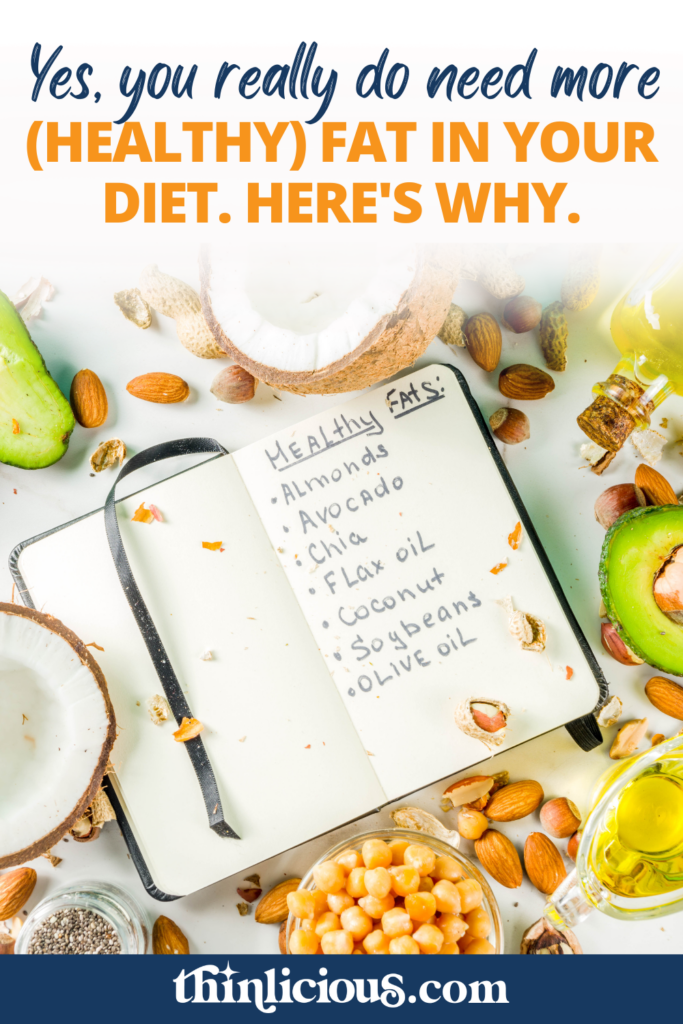
What if you could actually take control of
your health in just 10 days?
It’s not your fault you can’t lose weight as a woman over 40 even though you’ve likely tried literally everything. Your metabolism probably feels broken and your hormones are likely all out of whack.
But you can fix it all with ONE simple change: eliminate sugar. We make it super easy with daily lessons teaching you the science behind what makes us gain weight in our midlife and beyond! Are you ready to get started now?

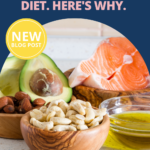
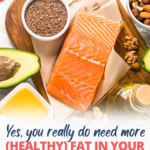
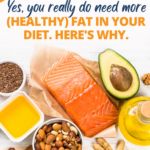
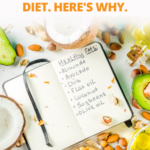
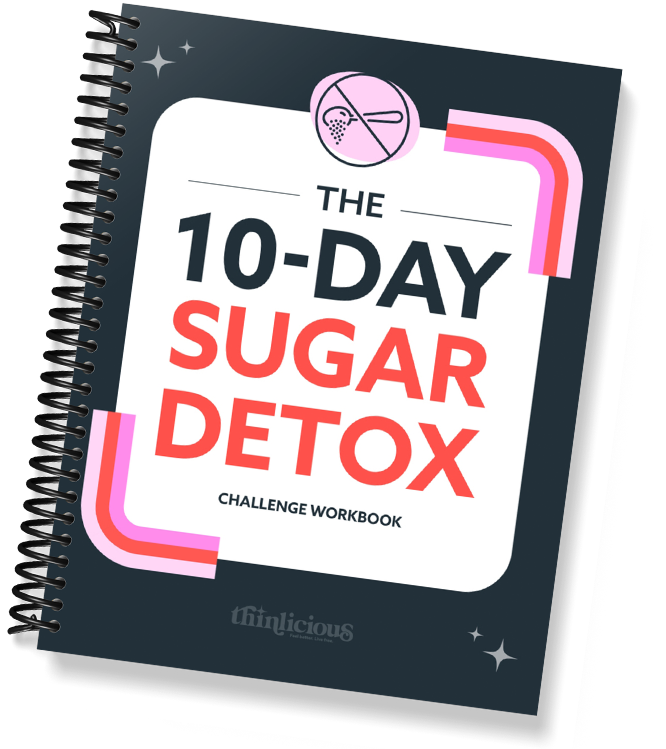
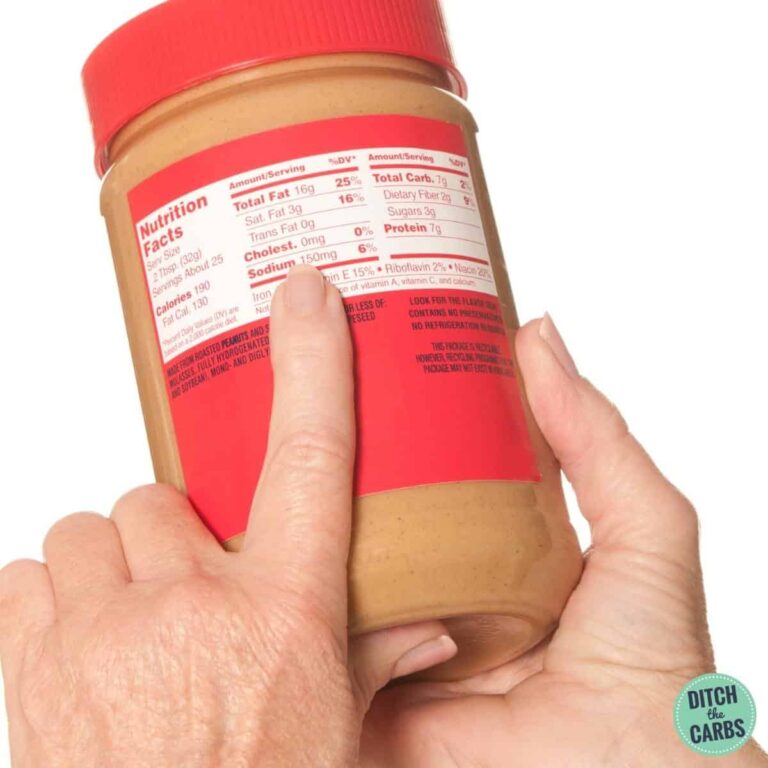
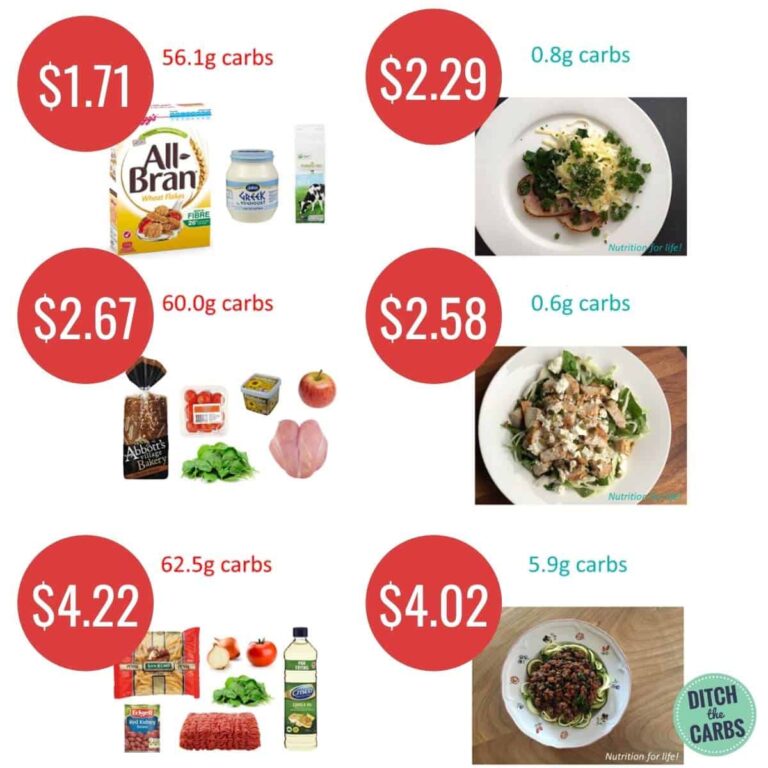
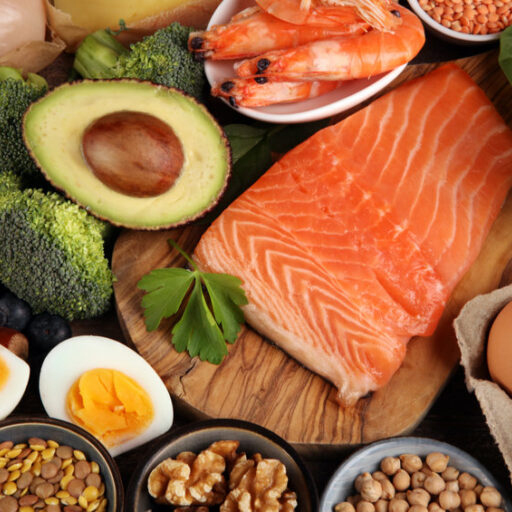

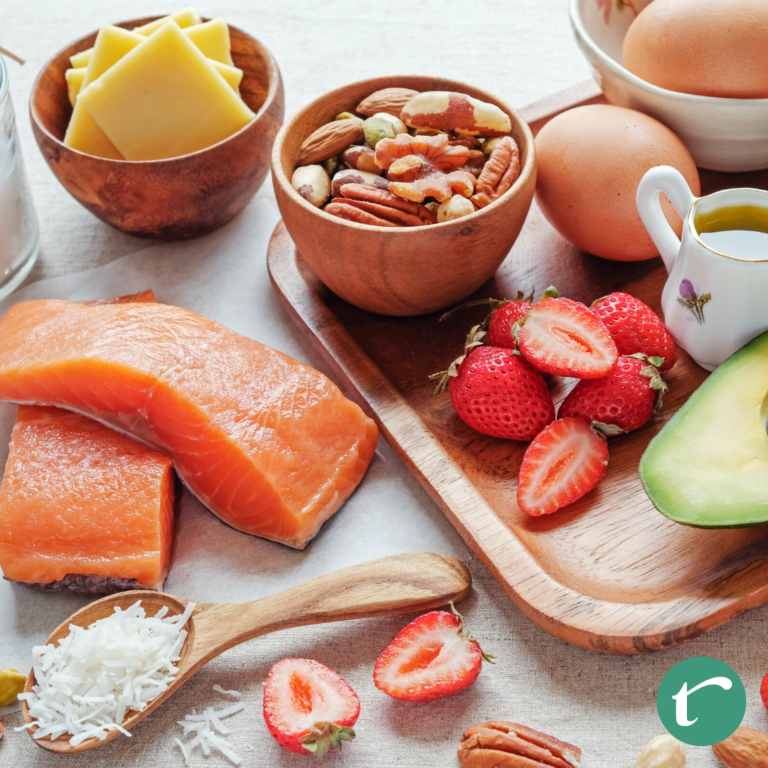

4 Comments